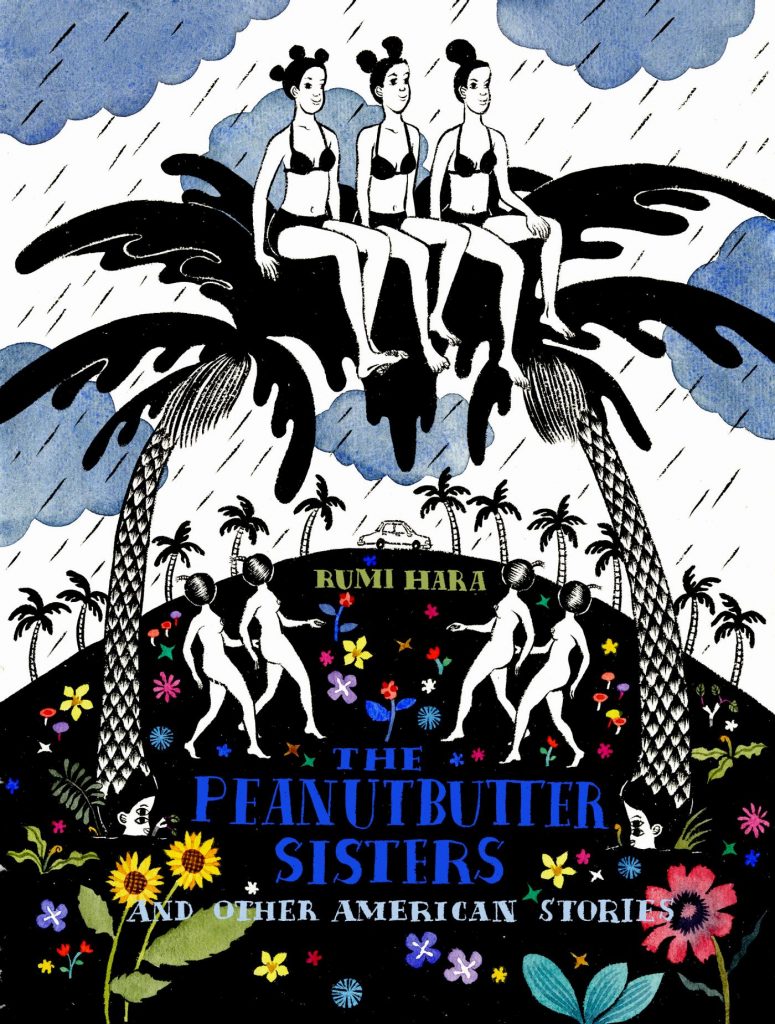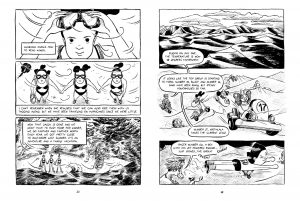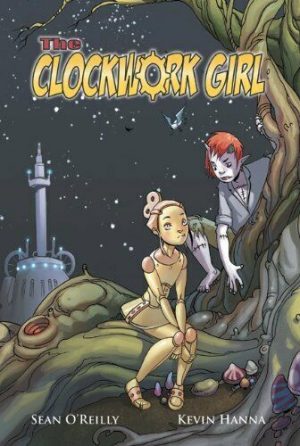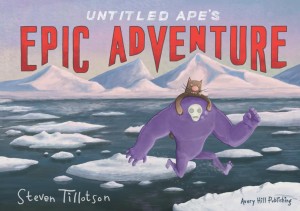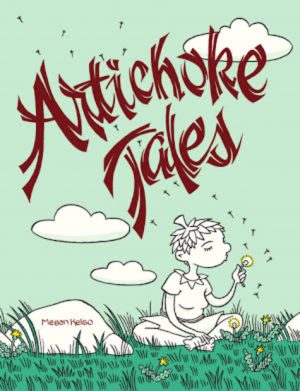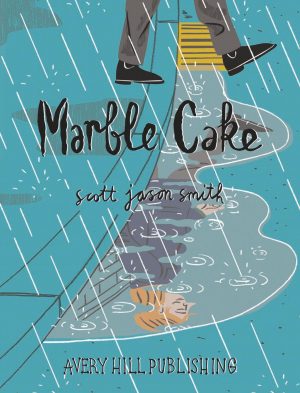Review by Karl Verhoven
Rumi Hara first produced her ruminative stories as minicomics, and their constant defiance of categorisation echoes that creative freedom, Hara taking her characters wherever her imagination leads. The title story exemplifies this. We’re introduced to three sisters all named after American states, but given the surname Peanutbutter by their father as an all-American representation of his new homeland. They scour junkyards for industrial artefacts to sell online, and just when we’re coming to terms with that Hara has them riding the winds of a hurricane to the beach, and musing on the difficulties of hitching a ride on a whale to return home.
Every other story is a similarly unique glimpse into a restlessly imaginative mind. This creativity extends to stories largely grounded in reality. How many other strips have you read about two students discussing a Noh play as a reflection of their own lives? This incorporates Yu-Gi-Oh cards as an introduction to Japanese culture along with comments about current urban life in what has touches of Jaime Hernandez’s observational nuance.
Artistically, Hara is nowhere near Hernandez. Minimal texturing ensures her illustrations have some depth, but they can also be two-dimensional, which occasionally works against her. However, the drawing is adaptable enough to cover the spread of Hara’s interests, and some tales are visually led, such as the opening ‘Tree Love’, and ‘Bubblegum Fighters’. Her people have a nagging echo of traditional Japanese fine art. This is especially true of the coloured illustrations separating the stories. These feature the Builders going about their business, all too literally in one case. They’re a sort of female ape-like engineers, although with heads not too far removed from the Peanutbutter Sisters, which is very disturbing considering how they’re shown.
A nice aspect of Hara’s work is her not becoming too carried away by the mechanics of explanation. “A mid-century discovery enabled humans to harness the previously unidentified dark energy in space” is the only reasoning provided to enable what’s a science-fiction piece about a cross-country race. It’s Wacky Races with the intrusion of bizarre hazards, while underlining the validity of journalism. Also pleasing is the uninhibited nature of Hara’s expression. There are a couple of really joyous orgy illustrations, and her characters are never lost for comment.
Funny, observant, imaginative and never predictable, Hara has a lot to offer.
